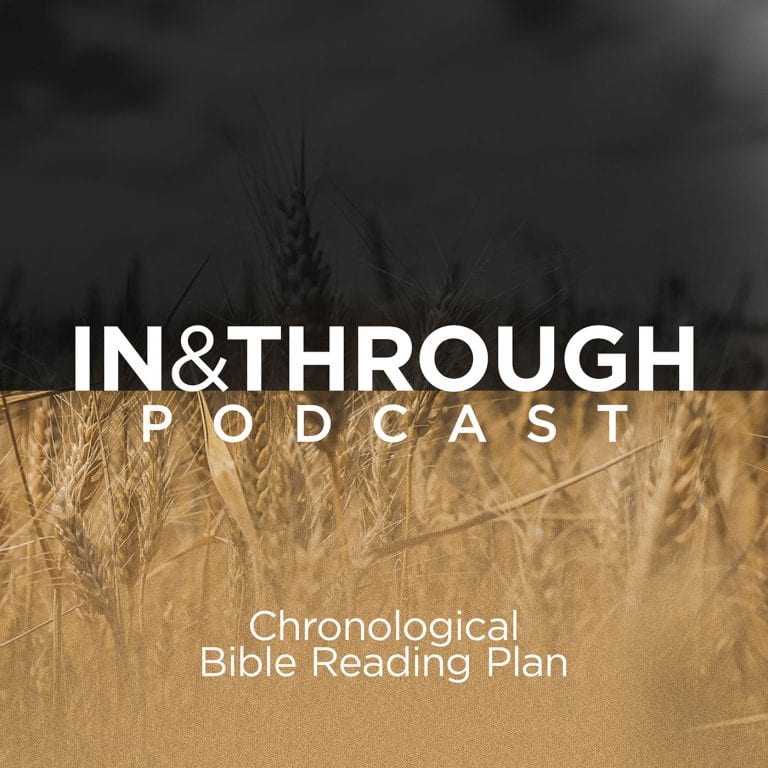In 1985, Neil Postman wrote Amusing Ourselves to Death, warning about the way television turns everything from politics to religion and education into entertainment. The age of show business changed the shape of public discourse and, with it, transformed the way we understand truth, culture and even God. Postman’s greatest concern, though, was not that the change happened, but that nobody seemed to care, because nobody ever asked.
I wonder if we bring a similar attitude to digital Bibles. Do I read and understand the Bible differently on an iPad versus a leather-bound paper Bible? Does the device do something different to my heart? Do I even care enough to ask?
Better Bible Readers
I believe using digital and physical Bibles together can make us better Bible readers. But only when we understand the different ways each technology affects us.
There is a difference between reading a print Bible and a digital Bible because the medium we use shapes how we interact with scripture. According to Postman, television changed public discourse because “a major new medium changes the structure of discourse; it does so by encouraging certain uses of the intellect, by favouring certain definitions of intelligence and wisdom, and by demanding a certain kind of content – in a phrase, by creating new forms of truth-telling.” Phones, computers, and tablets are entirely different mediums than paper Bibles. We engage with them differently, and they shape us in different ways. How we interact with the gospel story shapes how the story forms us.
I use digital Bibles a lot because they are easy to access and they excel in searchability. I love being able to read the Bible on my phone while getting my oil changed or listening to scripture while driving. One week, while preparing my sermon, there was a passage I wanted to use, but I couldn’t remember where it was. In seconds, my ESV app gave me what I needed: “If anyone says, “I love God,” and yet hates his brother or sister, he is a liar. For the person who does not love his brother or sister whom he has seen cannot love God whom he has not seen. And we have this command from him: The one who loves God must also love his brother and sister” (1 John 4:20-21). Without a search feature, who knows how long it’d take before I found it?
A print and a digital Bible both have their place. We can become better Bible readers by recognizing their differences and using both accordingly. For that, we need to ask questions about the technologies we use and how they affect us.
How is Digital Reading Different?
The strengths of reading a digital Bible, like easy access and searchability, are not simple additions to reading a printed Bible. There are trade-offs and unintended consequences.
Digital reading favours skim reading. John Dyer’s recent book People of the Screen examines the effects of reading the Bible on digital devices. In his research, he noticed that even the best Bible apps and software seemed to move against slow and responsive reading. Digital reading promotes skimming.
Skimming is passive. We don’t reflect, analyze, or meditate on the words in front of us when we skim. We breeze through section after section.
Our devices also encourage distraction. Blips and beeps may be the most tame-looking enemies of Bible meditation. It is impossible to read with care and slowness while jumping between a Bible app and Instagram. Our devices shower us with possibilities and notifications, demanding and dividing our attention. Notifications buzz during our devotions. I am especially guilty of checking ESPN during church for no reason other than because I can. Divided attention doesn’t lead to deep reflection.
Paper Bibles don’t remove distractions, but the medium of reading a physical book creates and encourages different reading habits. In my experience, digital is great for skimming and searching, not for long meditation.
Does Digital Reading Change Us?
God forms his people through reading and meditating on his word (Psalm 1 & John 17:17). Reading tunes the lens through which we understand God, the world, and ourselves. Reading well brings clarity and precision. Digital reading is different from reading in print, but does it alter the lens so much that we become different people altogether?
In a recent interview, John Dyer shared that his research showed a different perception of God between digital-only and print-only Bible readers. Print readers saw God as more judgemental, while digital readers saw God as more loving. They read the same text but came to different conclusions. The medium shaped their interpretation. This resonates with something Postman warned about: “the concept of truth is intimately linked to the biases of forms of expression. Truth does not, and never has, come unadorned.”
Digital reading, surrounded by the buzzes and beeps of our devices, doesn’t simply change our reading experience, it shapes our hearts.
Ask the Right Questions
I don’t think this calls for us to abandon using digital or print Bibles. I think it calls for balance.
Don’t use digital Bibles without asking questions about what the technology does to you and what it does to your Bible reading. The greatest danger is not that Bible apps change the way we read scripture, but that we do not notice because we never ask.
At the end of Amusing Ourselves to Death, Postman gives a simple piece of advice: ask questions about the technology we use to communicate. He says, “To ask is to break the spell.”
I am grateful for digital Bibles. I do much of my sermon preparation with Bible software. I’m not too bothered by most people using Bible apps on Sunday mornings. I want more people to read the Bible, especially if they can access it in their native language. As a pastor, I want my church family to love God’s word. Digital tools help us do that, but not at the expense of physical print Bibles.
My iPad can be a friend, not a competitor to my leather-bound Bible. When we understand the strengths and dangers of each technology, we can use both to become better Bible readers.























